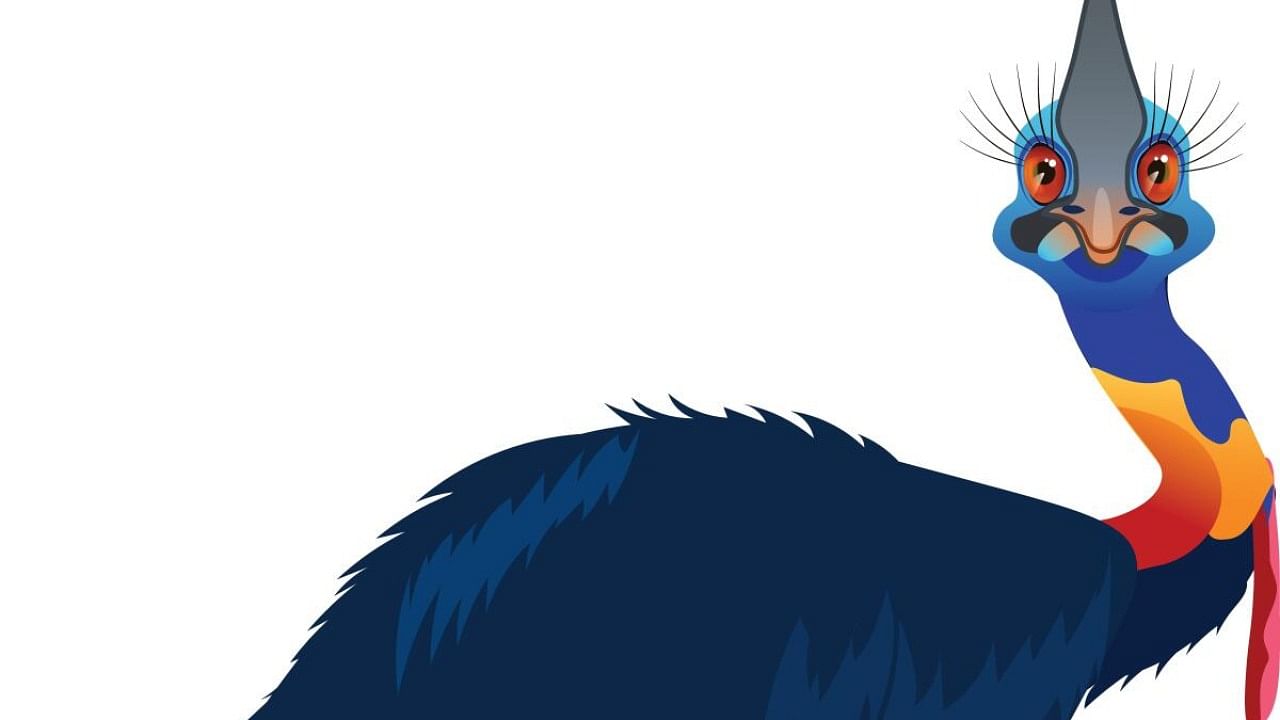

When someone says the word ‘bird’ what’s the image that automatically springs to mind? Glorious wings spreading open as they take flight? Of course! But did you know that there are over 60 species of birds that exist today that cannot fly? Many of these are ratites — that means that they have no keel bone.
And many of these flightless, feathered wonders (no prizes for guessing where many strange animals live!) can be found in the southern hemisphere — Australia and New Zealand to be more precise.
Ratites are mostly long legged and long necked. They also tend to be large. The exception that proves the rule is the kiwi (yes, the same word that we designate the New Zealand cricket team with) which insists on being ‘different’ as apart from being small and having neither long legs nor neck, it’s also the only nocturnal bird among them.
Let’s take a look at some of the most interesting of this breed of flightless wonders.
Also Read | The culmination of a journey southward
First on our list are penguins. Yes, penguins are birds! Of the 18 species of this bird only one is found in the northern hemisphere. Their black and white colouring helps them blend into snow and rock so that they are effectively hidden from predators. While most birds have hollow bones that help them to stay light and fly, the penguin has solid bones that helps it to dive into the water. Penguins literally fly under water. Some species can swim at speeds of 36km / hour. Ladies and gentlemen, we have Olympian levels of swimming here! However, since their main predators are in the water, they can often be found strutting around (adorably!) on land. 62-million-year-old penguin fossils have been found indicating that they have been around a long, long time.
The second largest flightless bird is the emu — found only in Australia, it is the Australian national bird symbolising progress. They love to move to new locations. Emus can be over 6 feet in height and can travel far at speeds of over 35 kms an hour — much faster than the average speed of traffic in Bengaluru! Interestingly, they have two sets of eyelids — one to blink and one to keep the dust out. Emus are considered to be a bit on the slow side intelligence wise but luckily for them, they have few predators.
Cassowaries are found in Northern Australia and surrounding islands. It has the dubious reputation for being the world’s most dangerous bird. Although generally shy, they can turn on you in an instant if provoked and can use a deadly 4-inch claw that they have, to devastating effect. Cassowaries can swim too and they can run fast but their more unique ability is to jump as high as 7 feet into the air to deliver mighty kicks and use that terrifying claw. Karate, anyone? The female cassowary doesn’t really think that its her responsibility to hatch eggs and look after the babies. She lays them and then leaves it to the male to do the rest.
And now on to South America. Heard of the phrase ‘swim like a duck’? Well, the Steamer ducks of Chile and Argentina epitomise this. Unlike the ducks we know, they are found on the coast. They are heavily built but not very big. They can’t run much either. They flap their wings and use their feet in the water and move like the old paddle boats used to. And hence their name —Steamer Duck.
The Flightless Cormorant lives quite close to the South American continent — on the Galapagos islands. This is the only species of cormorant that seems to have lost its ability to fly. Sheer laziness? They don’t seem to have any predators on the islands so it just didn’t seem necessary for them to put in the effort? :D This species is one of the world’s rarest birds. There are only about 1,500 of them in existence. They have stubby little wings that they use to balance themselves as they jump from rock to rock. And they have eyes that are a beautiful turquoise colour.
The huge continent of Africa has the biggest of the flightless birds. The Flightless Ostrich is the tallest and the biggest and the fastest of birds. It lives on the African savannah and seem to drink little water — only the water from the plants it eats. With their long, powerful legs the ostrich can cover upto 10 feet in a single stride. They have no keel bone (of course) but their legs are built as if they have springs in them — absorbing shock as they spring forward. The top speed recorded is about 43 kms per hour. Oh, and the myth about ostriches putting their head in the sand? That is just a myth. Ostriches lay their eggs in sand and now and then put their heads into the nest to check that the eggs are doing fine and getting heated up evenly. Nothing about hiding! In fact, their large eyes keep them alerted all the time to possible danger.
Like birds that don’t fly, there are animals that don’t move too. Can you think what they are?